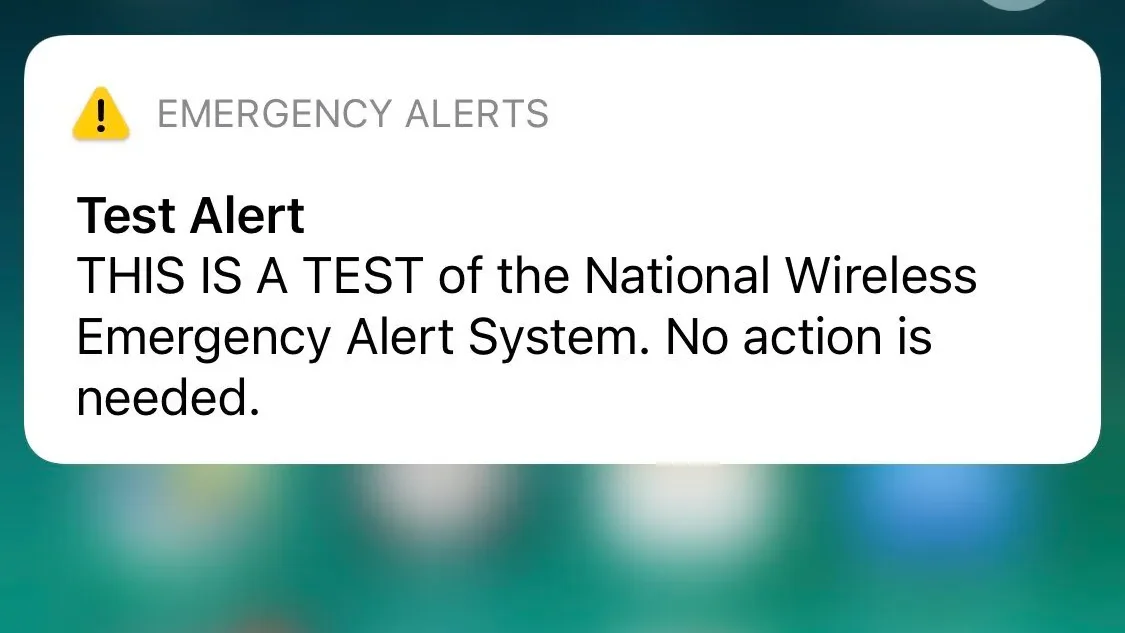In the early afternoon hours of Oct. 4, FEMA, in coordination with the Federal Communications Commission (FCC) and the Puerto Rico Emergency Management Bureau, will conduct a nationwide test to assess the Emergency Alert System (EAS) and Wireless Emergency Alerts (WEA) capabilities.
The WEA and EAS tests are scheduled to begin at approximately at 2:20 p.m. Eastern time/1:20 p.m. Central on Wednesday.
The WEA portion of the test will be initiated using FEMA’s Integrated Public Alert and Warning System (IPAWS), a centralized internet-based system that FEMA manages which enables authorities to send authenticated emergency messages to the public through multiple communications networks. The WEA test sends a code to cell phones.
Just a test
Officials say the test alerts are to verify that the system is working properly.
“We want to ensure that the systems continue to be effective, that the public understands and uses these alerts and warnings about emergencies, particularly those on the national level, as we work to strengthen emergency readiness among our communities,” said Orlando Olivera, coordinator of FEMA’s Caribbean Area Office in Puerto Rico. “This is one step to be ready for emergencies. We are encouraging everyone, especially older adults to “Take Control in 1, 2, 3: Assess your needs. Make a plan. Engage your support network. Visit www.ready.gov and learn more about it.”
Test message
Beginning at approximately 2:20 p.m. Eastern, cell towers will broadcast the signal for approximately 30 minutes. During this time, WEA-compatible wireless phones that are switched on, within range of an active cell tower and whose wireless provider participates in WEA, should be capable of receiving the test message. To help ensure that these alerts are accessible to the entire public, including people with disabilities, the alerts are accompanied by a unique tone and vibration.
Meanwhile, the EAS portion of the test is scheduled to last approximately one minute and will be conducted with the participation of radio and television broadcasters, cable systems, satellite radio and television providers and wireline video providers. (FEMA)






Share with others: